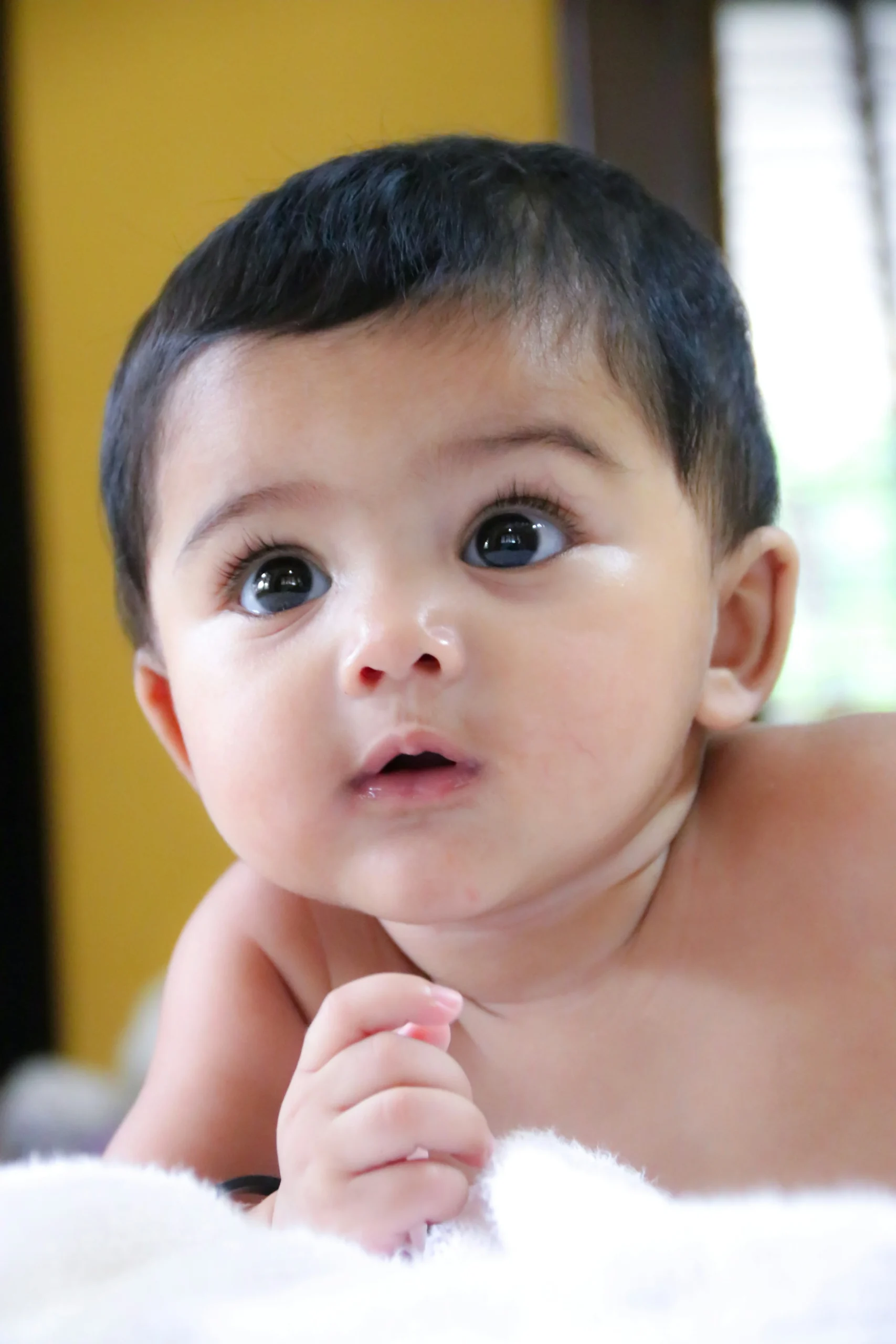When Jake and I first started dating, we often daydreamed about our future kids. We both envisioned a big family and hoped to start our parenting journey soon after tying the knot. It was all sunshine and rainbows—until Jake proposed and everything changed overnight.
Just a day after our engagement, I received a chilling phone call: Jake had collapsed during a company softball game and was being rushed to the hospital. The moment I stepped into the emergency room and uttered the words “my fiancé,” I felt a mix of excitement and dread. A CT scan revealed cancerous tumors in his brain, and our lives took a sharp turn.
Within a week, we sat down with his parents and a social worker, who outlined our next steps: chemotherapy, radiation, and the possibility of clinical trials. The social worker brought up the idea of fertility preservation. Before I could process it, Jake’s mom chimed in, “Yes, they definitely want to have kids someday.” Just like that, we were on the path to preserving our dream.
Over the next few days, Jake made the maximum allowable sperm deposits to be frozen for future use, while I dove into research about my options. I discovered that freezing my eggs might not be as effective as freezing embryos, so we quickly found a fertility clinic and got the ball rolling.
Miraculously, Jake’s health improved. By the time we navigated the maze of genetic testing, legal requirements, and various screenings, our wedding was approaching. After we said “I do,” we decided to start our family.
Our first round of fertility treatments yielded 12 viable eggs, from which we created eight embryos. Two were implanted, and six were safely frozen. We didn’t know if we’d ever conceive “naturally” again since chemotherapy can damage rapidly dividing cells, including sperm. Those three deposits might have been our only shot at parenthood.
We struck gold on our first attempt—both embryos took, and 35 weeks later, we welcomed beautiful twin girls. The clinic continued to store our remaining embryos, and each year, they asked if we wanted to keep them. We paid the fees, unsure of whether we’d want more children.
In a twist of fate, Jake’s sperm returned to normal after his treatment, and we ended up conceiving our third child naturally. Yet, the clinic still wanted to know about those embryos. After much thought, we decided to stop expanding our family, especially since my second pregnancy was fraught with complications.
Let me tell you, the laws regarding frozen embryos can be a real pain. You can’t just give them away, and transporting them for research is pricey. The easiest option is to have them destroyed, which stung more than I expected. While I don’t believe an embryo is a living person, they were part of us—potential lives that would never be realized.
I still feel a twinge of sadness thinking about those six embryos. I often wish I could have donated them to couples yearning for a family or somehow worked out a way to bring them into the world. Freezing eggs or embryos carries more emotional weight than most realize. I have no regrets, but I wish I had spoken to more individuals who had faced similar situations before making such pivotal choices.
If you’re contemplating fertility preservation, think about the endgame. Consider what happens when you’re done with the process. Embrace the possibility of grief at the end, even alongside the joy of bringing life into the world.
For those interested in exploring more about family planning and fertility, check out this insightful blog post on home insemination kits. You can also find valuable information on fertility supplements that could aid your journey. For further support, this resource offers excellent guidance on pregnancy and home insemination.
In summary, fertility preservation can be a complex and emotional journey. It’s essential to plan for all outcomes, including the tough decisions that may arise later on.
